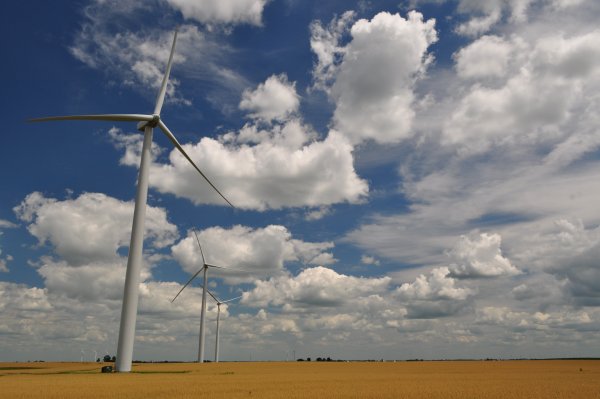
Infrastructure production, including the acquisition or synthesis of material feedstocks, processing feedstocks into needed forms, transportation, assembly, finishing, maintenance, and reclamation at the end of life represents a major portion of our global carbon emissions. Large-scale additive manufacturing (AM) using 3D printing offers a new approach for the creation of sustainable physical infrastructure by allowing complex objects to be custom fabricated onsite, while potentially reducing transportation costs and streamlining the entire construction process. AM with biomass-derived feedstocks would catalyze a substantial drawdown of atmospheric CO2 and reverse the effects of anthropogenic climate change. Moreover, incorporation of these materials into infrastructure that is deployed for decades and then landfilled at its end of life could sequester this atmospheric carbon indefinitely, so long as they are produced from innocuous biomass-derived components.
Our objective is to develop an actual carbon accounting of this process using lifecycle assessment (LCA) to demonstrate how AM with biomass-derived feedstocks can simultaneously sequester atmospheric carbon while enabling new large scale manufacturing technologies for sustainable energy infrastructure production.





